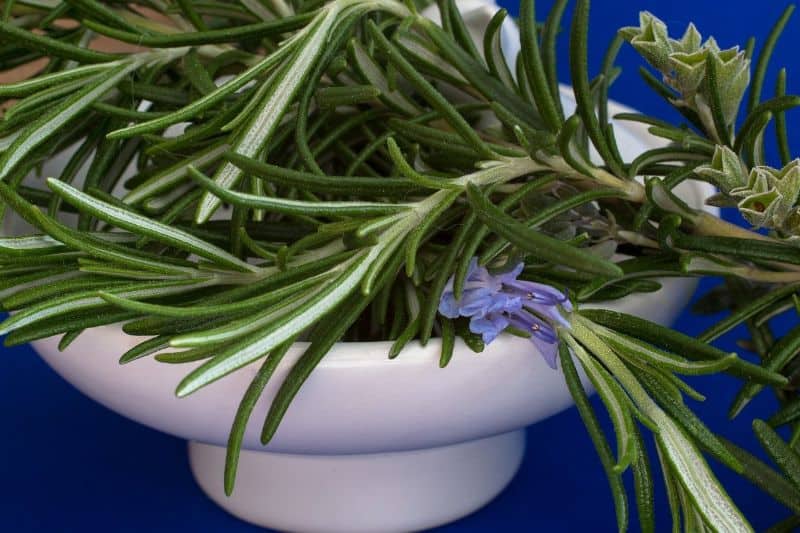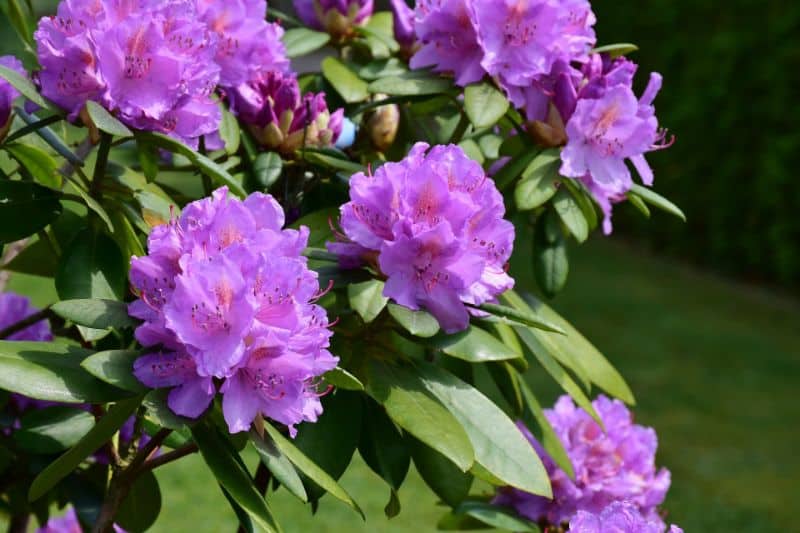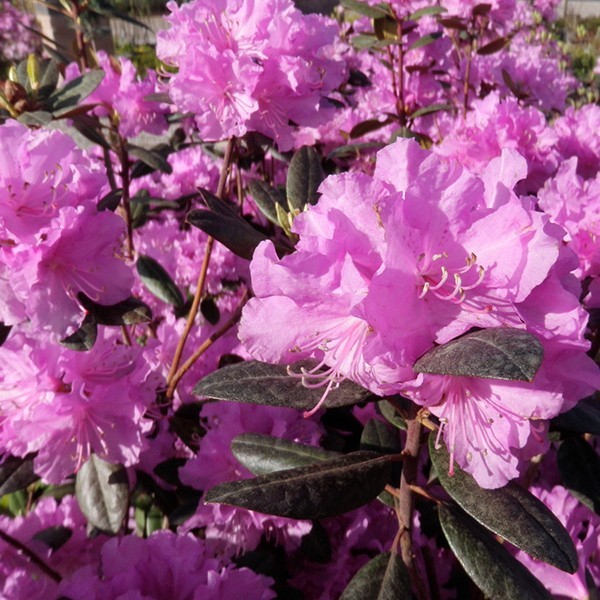Do Deer Eat Rhododendron? In the wild, deer will eat just about anything they can find. This includes leaves, twigs, flowers, and berries. So, it’s no surprise that deer will also nibble on rhododendron leaves.
Keep reading to learn more about how you can keep deer from eating your rhododendron plants.
Do Deer Eat Rhododendron
Deer will eat rhododendrons in the winter and early spring when other food sources are not as plentiful.
Are Rhododendrons Deer Resistant?
Rhododendrons are somewhat deer resistant since they are mildly poisonous, but hungry deer will still nibble on them if other food options are not available.
Deer will usually avoid eating rhododendron because of the toxins in their leaves, but there have been cases where a herd of deer have stripped the leaves off a rhododendron that were within their reach.
Are Rhododendrons Toxic to Deer?
Yes, Rhododendrons are toxic to deer. However, deer are able to handle eating small amounts of rhododendron leaves without any serious problems.
The poisonous grayanotoxins (phenols and diterpenes) in rhododendron leaves can cause a deer’s heart rate and blood pressure to drop dangerously low, which can lead to death. However, if a deer only eats a few leaves every now and then, it won’t eat enough of the toxin to cause any serious harm.
So. while Rhododendrons are toxic to deer, they generally won’t be killed by eating a small number of rhododendron leaves.
Will Rhododendron Grow Back After Deer Eat Them?
When deer eat rhododendrons they will typically grow back. However, the damaged area might not fill out as well as the rest of the plant.
Plus, once deer move on from your rhododendrons they will also eat other plants in your yard, so it’s important to take steps to protect them.
You can use fences or repellants to keep deer away from your garden, but there are also a number of ways to deter deer that we’ll go over in more detail in the rest of this article.
How To Keep Deer From Eating Rhododendrons
Install a Deer Fence
The best way to keep deer from eating your rhododendrons is to install a Deer Fence.
Deer fences (View Price) come in a variety of sizes depending on your needs. Plus, installing a deer fence is relatively easy, and most deer fences can be installed by a homeowner in a few hours. And once it’s up, you won’t have to worry about deer getting into your yard and eating your rhododendrons ever again.
Plant Deer Resistant Rhododendrons
Plant deer-resistant rhododendrons. Deer are much less likely to eat plants that don’t attract them, so by choosing a deer-resistant variety, you can keep them from destroying your garden.
There are many different types of deer-resistant rhododendrons on the market, and you’ll find a few of the most popular varieties below. And remember, even the best deer-resistant shrubs can still be eaten by determined deer, so always take measures to protect your plants (fencing, deterrents, etc.).
P.J.M Rhododendron (Rhododendron ‘P.J.M.’)
The P.J.M Rhododendron (View Price) is a deer-resistant rhododendron that blooms in late spring. It has dark green leaves and flowers that are deep pinkish-purple. And this low-growing hedge only reaches a height of 4 – 6 feet with a spread of 3 – 4 feet.
Gibraltar Azalea (Rhododendron ‘Gibraltar’)
Gibraltar Azalea (View Price) is a deer-resistant rhododendron that can be found at most nurseries. It has a compact growth habit and grows 4 to 5 feet tall with a width of 4 to 5 feet, and they have orange flowers set against a backdrop of dark green foliage.
Other Deer Resistant Rhododendron Varieties
- Carolina rhododendron (Rhododendron minus)
- Rosebay rhododendron (Rhododendron maximum)
Surround Rhododendrons With Deer Repellent Plants

One way to keep deer from eating Rhododendrons is to surround them with deer repellent plants.
Some good options include unpleasant-tasting plants like lavender, rosemary, peppermint, or Rue; thorny plants like blackberry bushes; or strongly scented plants like garlic, onions, or chives.
Deer Repellent Plants:
- Rosemary
- Chives
- Daffodils
- Lamb’s ear
- Bleeding heart
- Marigolds
- Russian sage
- Bee balm
- Oregano
- Juniper
- Bayberry
- Wisteria
Drape Deer Netting for Shrubs Over Rhododendrons
Another way to keep deer from nibbling on your Rhododendrons is to place a deer netting barrier over the plants.
This semi-transparent netting will allow sunlight and rain to pass through while deterring the deer. You can find deer netting at most garden stores and online.
Use deer-resistant Spray
You can keep deer from eating rhododendrons by using Deer Deterrent Spray (Buy Online). Deer deterrent spray can be sprayed on plants to create a scent or taste that will make the deer not want to eat them.
There are many different types of deer deterrent spray available on the market. You can find them at garden stores, hardware stores, and online retailers.
You can also make your own deer deterrent spray at home using natural ingredients that we’ll go over in more detail below.
Natural Deer Repellant Sprays

There are a few different ways to make a natural deer repellant spray. One DIY recipe calls for rotten eggs, garlic, chili peppers, and mint. Another recipe uses cayenne pepper, cinnamon oil, and castor oil.
All of these ingredients work to repel deer for different reasons.
- Rotten Eggs smell bad and will make the deer avoid the area.
- Garlic contains sulfur compounds that have a strong smell and are also toxic to deer.
- Chili peppers contain capsaicin which is irritating to a deer’s eyes and respiratory system.
- Mint has a strong scent that many animals find unpleasant.
Whichever ingredients you choose, mix them together in a spray bottle and apply the solution generously around the area you want to protect from deer damage.
Install Motion Activated Deer Deterrents
Motion-Activated Deer Deterrents (Buy Online) are a great way to keep deer from eating your rhododendrons. These devices work by detecting the movement of deer, then emitting an ultrasonic sound or spray to scare the deer away
A word of caution, though–since these deterrents can also scare away other animals (like cats and dogs), be sure to use them in areas where only deer are likely to be.










